Experts Advocate for Spectrum Sharing to Boost Wireless Innovation
Advocates for spectrum sharing underscored benefits of more dynamic spectrum in a time of scarcity.
Broadband Breakfast
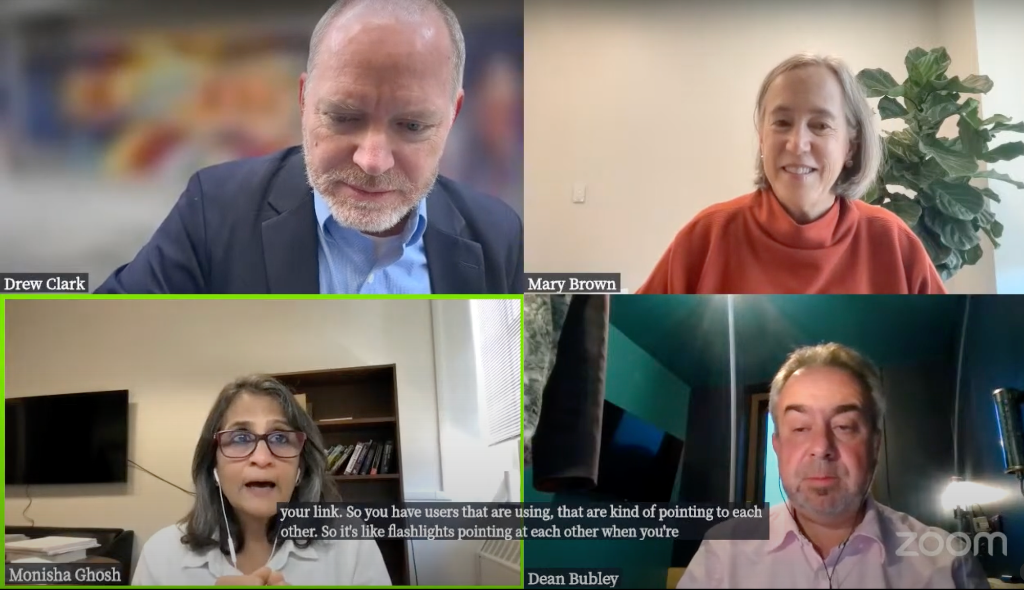
WASHINGTON, Oct. 10, 2024 — As demand for wireless spectrum grows, industry experts promoting shared spectrum on Wednesday called for more dynamic and democratized access to this limited resource.
During a Broadband Breakfast Live Online event Wednesday, panelists discussed the economic benefits of spectrum sharing and its potential to drive innovation in wireless technologies.
Mary Brown, executive director of Wi-Fi Forward, highlighted the substantial economic impact of unlicensed spectrum technologies like Wi-Fi.
 Broadband BreakfastMary Brown
Broadband BreakfastMary Brown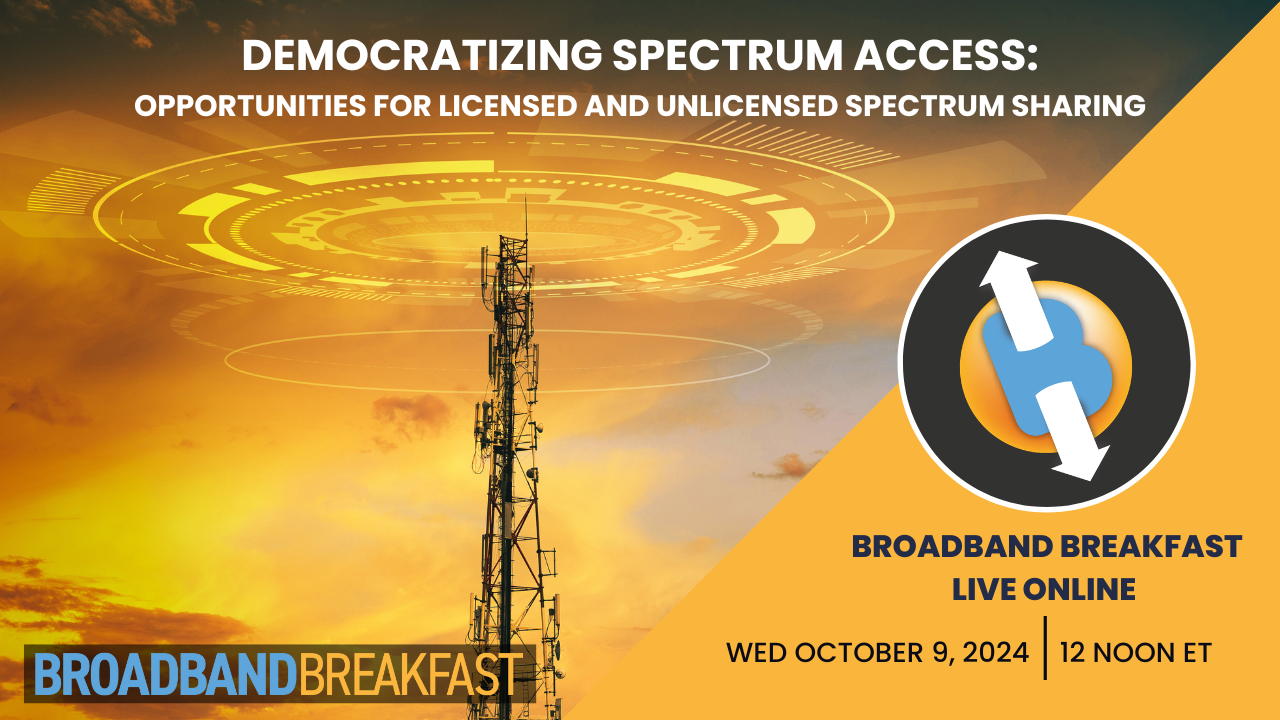
"The economic value of Wi-Fi by 2027 to the U.S. economy is going to be $2.4 trillion," Brown said. "That is growing 33% from where it is today."
Dr. Monisha Ghosh, professor at the University of Notre Dame and policy outreach director for SpectrumX, emphasized the success of the Citizens Broadband Radio Service (CBRS) in the 3.5 GigaHertz (GHz) band as a model for spectrum sharing. CBRS allows multiple users, including federal incumbents, licensed users, and general authorized users, to share the same spectrum band through a dynamic, tiered access system.
"The growth in CBRS has been phenomenal," Ghosh said. "The latest numbers I've heard is that there are 400,000 CBRS devices that have at least one active grant on one channel to use this. It was zero four years ago.”
Dean Bubley, founder of Disruptive Analysis, a London-based telecom advisory company, advocated for a global approach to spectrum sharing strategies.
"I think one thing the U.S. should be doing is take its leadership role in evangelizing the idea of spectrum sharing and take it around the world," Bubley said.
The experts discussed various bands being considered for shared access, including 3.1-3.45 GHz, 7-8 GHz, and 37 GHz.
Ghosh noted that higher frequency bands like 37 GHz may be easier to share due to limited propagation and the use of directional transmissions, which reduces interference between users and enables multiple users to operate in close proximity without disrupting each other's signals..
Panelists also addressed the ongoing development of the U.S. National Spectrum Strategy, with Brown noting that studies are underway for considering more sharing in several bands.
"The NTIA is looking at a national spectrum strategy. They are studying what to do with 3.1 to 3.45 , 7 and 8 [GHz]. The work is well underway on 37 GHz," Brown said.
The Federal Communications Commission is also exploring new ways to modernize CBRS and its spectrum sharing framework.
As wireless technologies continue to evolve, the experts agreed that spectrum sharing will play a crucial role in future developments, including Wi-Fi 7 and beyond.
“I'd like to see us start to think of spectrum sharing as a technology category with a five-year or eight-year cycle,” Bubley concluded.
“Once we start identifying this as a marketplace, you can start funding R&D projects," he said. "The regulators will be able to say that this is how we share spectrum today, and this is what we would have on the road map for 2030 and beyond.”

October 9, 2024 - Democratizing Spectrum Access
Opportunities for Licensed and Unlicensed Spectrum Sharing
Congress is weighing its options for maximizing limited U.S. spectrum and the National Telecommunications and Information Administration has kicked off a series of multistakeholder meetings to facilitate implementation of the National Spectrum Strategy. With no more “greenfield” spectrum available, stakeholders are closely watching opportunities for sharing in the 3 GHz, 7 GHz, and the 37 GHz bands. Industry, anchor institutions, and consumer groups are pressing for an increasingly competitive ecosystem of local, non-exclusive spectrum rights, which would open new commercial opportunities without displacing military systems. What would licensed and unlicensed spectrum sharing look like in these bands? How would democratizing spectrum access among a diverse array of users impact U.S. geopolitical, commercial, and technological leadership?
Panelists
- Mary L. Brown, Executive Director, WifiForward
- Dean Bubley, Founder & Director of Disruptive Analysis, London
- Dr. Monisha Ghosh, Professor of Electrical Engineering, University of Notre Dame
- Drew Clark (moderator), CEO and Publisher, Broadband Breakfast


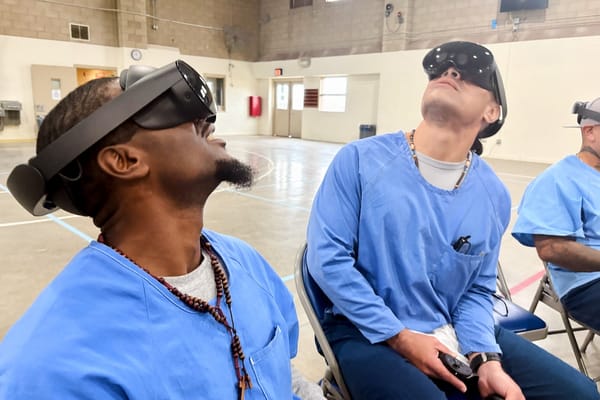
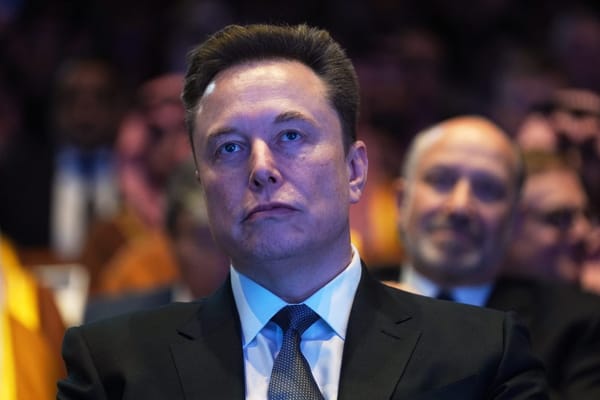
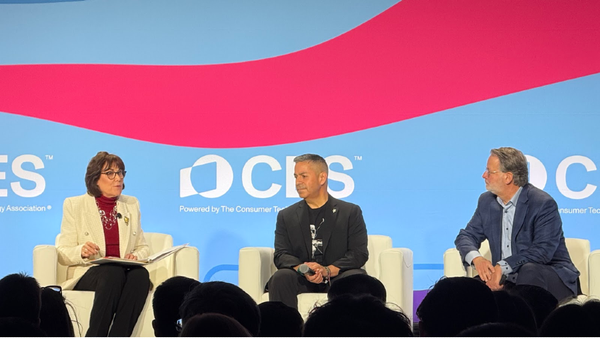


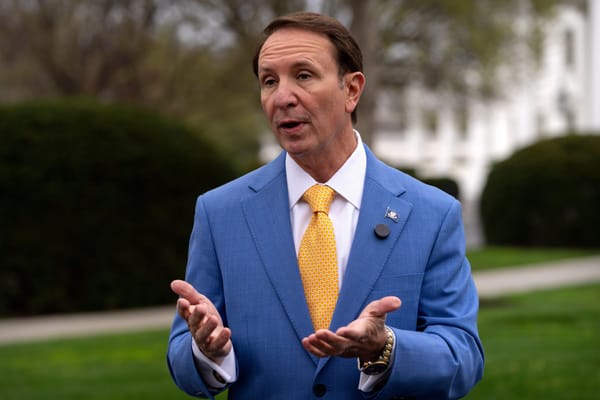



Member discussion